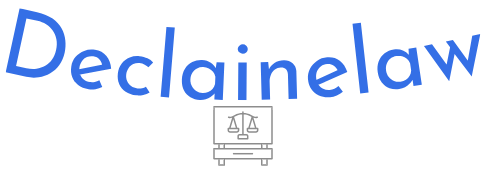Essential Tips for Tenants and Landlords: Navigating Lease Agreements
Lease agreements form the bedrock of the landlord-tenant relationship, outlining the rights and responsibilities of both parties. Whether you’re a tenant seeking a new home or a landlord leasing your property, understanding the nuances of lease agreements is crucial for a smooth and harmonious living arrangement.
Deciphering the Lease Jargon:
Lease agreements often come with their fair share of legal terminology that can be overwhelming for both tenants and landlords. From “covenants” to “quiet enjoyment,” understanding these terms is essential. Seeking clarification from a legal professional can ensure that both parties grasp the full scope of their contractual obligations.
Clear Communication on Rent and Due Dates:
The cornerstone of any lease agreement is the rent payment details. For tenants, it’s crucial to clearly understand the monthly rent amount, the due date, and any penalties for late payments. Landlords, on the other hand, should establish transparent communication channels for rent collection and be explicit about any consequences for missed payments.
Maintenance and Repair Responsibilities:
Lease agreements outline the responsibilities of both parties when it comes to property maintenance and repairs. It’s imperative for landlords to clearly state their obligations in maintaining the premises, and tenants should be aware of their responsibilities to keep the property in good condition. This clarity helps prevent disputes and ensures a well-maintained living space.
Duration and Renewal Terms:
The duration of the lease is a critical aspect that needs careful consideration. Both landlords and tenants should clearly understand the lease term, including the start and end dates. Additionally, renewal terms, if any, should be outlined in the agreement. This prevents misunderstandings and gives both parties the opportunity to plan for the future.
Security Deposits: Protecting Interests on Both Sides:
Security deposits are a common feature of lease agreements, acting as a financial safeguard for landlords. Tenants should be aware of the conditions under which a security deposit may be withheld, such as damages beyond normal wear and tear. Landlords, in turn, must adhere to legal requirements regarding the handling of security deposits.
Pet Policies and Additional Fees:
For tenants with furry friends, understanding the lease’s pet policies is essential. Landlords may impose restrictions or additional fees for pets. It’s crucial for tenants to communicate openly about their pets, ensuring that they comply with any stipulations in the lease agreement. Clarity on these matters prevents conflicts down the line.
Subletting and Alterations: Know the Rules:
Lease agreements typically address subletting and alterations to the property. Tenants wishing to sublet or make changes to the premises should seek written consent from the landlord. Conversely, landlords should clearly state their policies on these matters to avoid unauthorized changes or subletting.
Legal Recourse in Case of Disputes:
Lease agreements serve as a legal foundation in case disputes arise between landlords and tenants. Both parties should be aware of the dispute resolution mechanisms outlined in the agreement. Seeking legal counsel, if necessary, can help in navigating disagreements and finding amicable solutions.
Understanding Local Laws and Regulations:
Lease agreements are subject to local laws and regulations, and both landlords and tenants should be aware of these legalities. Seeking legal advice specific to the jurisdiction can provide insights into any additional requirements or protections afforded to either party.
For a comprehensive understanding of lease agreements and legal guidance tailored to your situation, consider consulting professionals at declainelaw.my.id. Whether you’re a tenant entering a new lease or a landlord drafting an agreement, expert assistance ensures that your rights and responsibilities are clear, fostering a positive and mutually beneficial landlord-tenant relationship.

